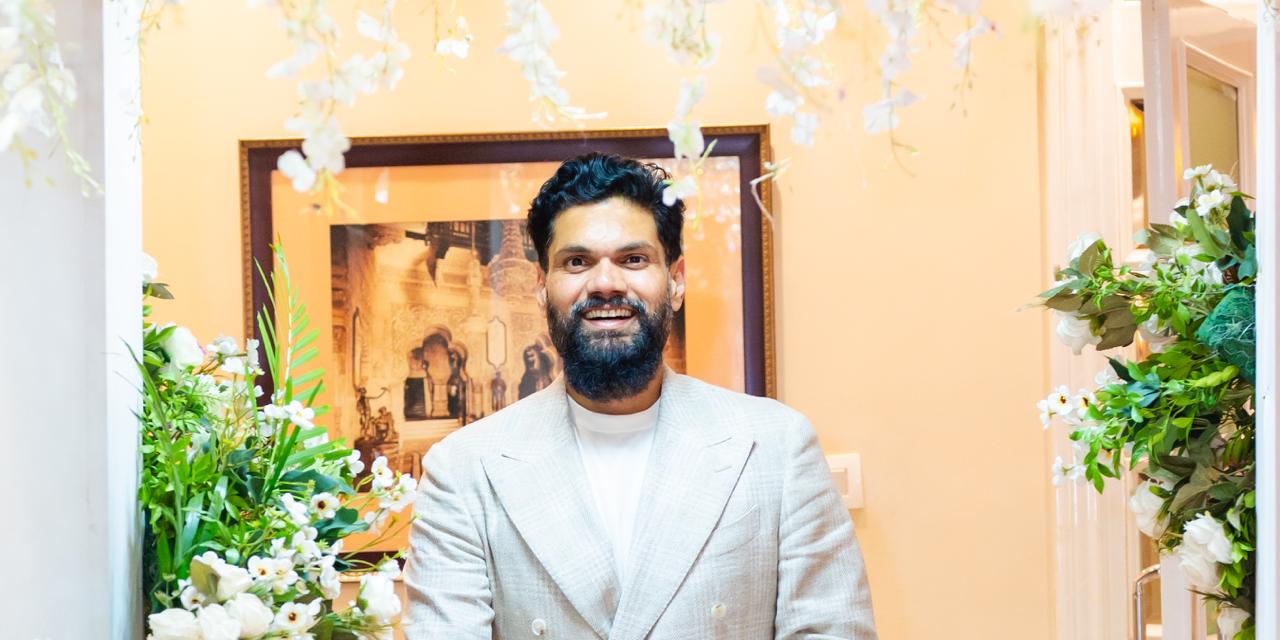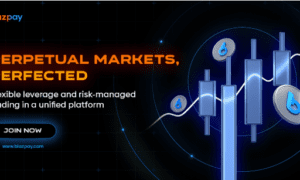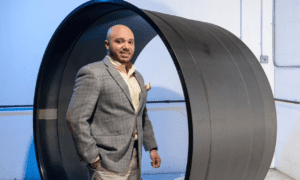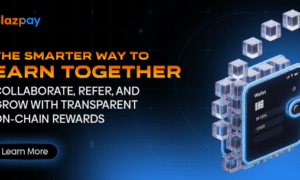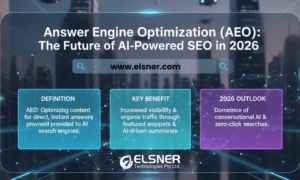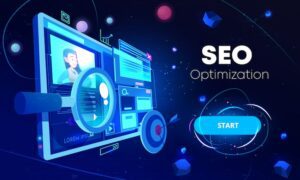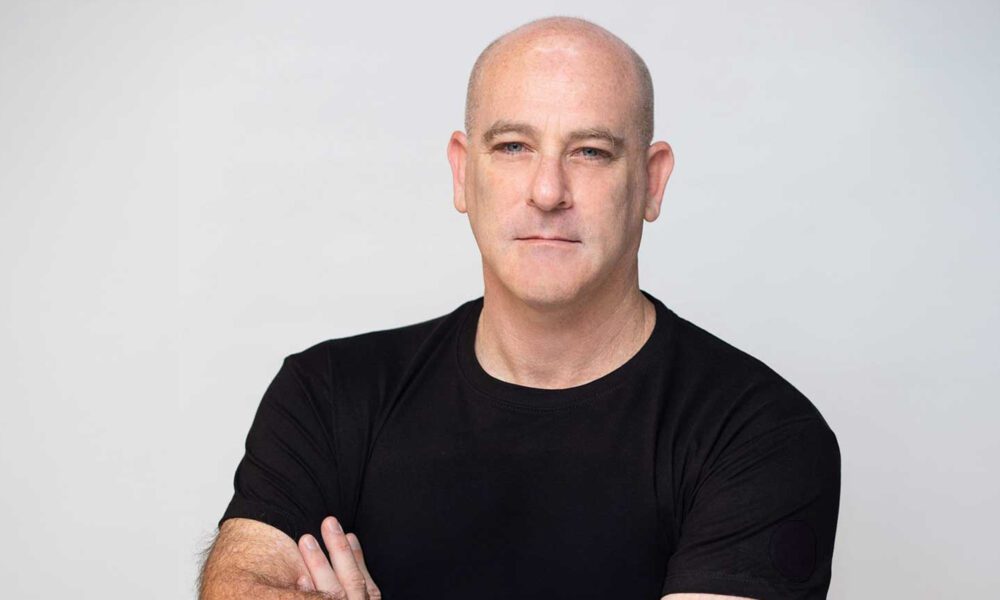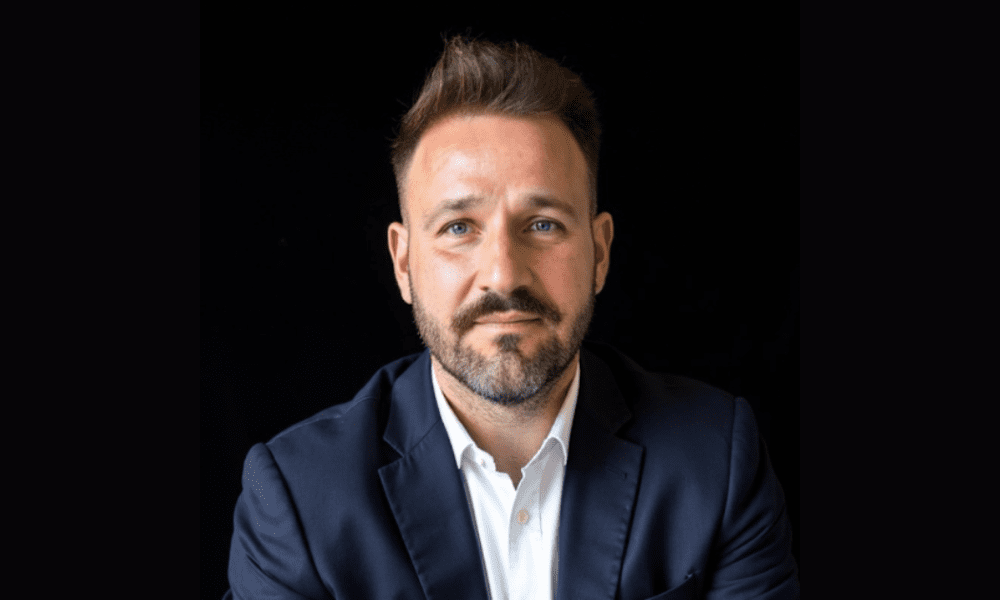From intelligent interfaces to real-time personalization, AI is revolutionizing how digital products are designed and operated. In this interview with one of the leading technical architects, we discuss the future of technology and the challenges behind its large-scale adoption.
AI is rapidly transforming the way people access and interact with information. Traditional search is being replaced by more personalized and intelligent solutions, such as generative prompts and smart responses. These technologies were previously the exclusive domain of search engines, but other digital platforms are now joining the trend. Even app stores are introducing AI as the first point of interaction with users. For instance, Google Play has recently introduced the “Ask Play about this app” feature. This allows users to ask questions about an app directly from its page, and the Gemini neural network provides personalized and contextual answers. This eliminates the need to read dozens of reviews and provides a more convenient and efficient experience. Together with Satyashil Awadhare, engineering lead at Google and one of the few CTA (certified technical architects) globally, we explored whether traditional ranking algorithms still have a place in the digital landscape or whether AI will fully redefine the user experience.
– Satyashil, we are seeing a clear trend: traditional search is becoming outdated, and it is being replaced by AI-powered interfaces. Is this simply a passing fad, or is it a more fundamental change?
– This is definitely a fundamental shift, and we are only seeing the beginning of it. The traditional keyword-based search approach was designed to assist users in finding and organizing information. However, AI, particularly generative models, have the ability to understand intent, context, and the nuances that users expect. In applications, users desire quick and relevant responses rather than a list of search results. They wish to know what the application offers, whether it is worth using, and how it compares to other options in a matter of seconds. This demand is especially evident in a mobile setting, where users’ attention is limited.
– Speaking about apps, can you tell more about the specific artificial intelligence features that you have integrated into applications as part of your work at a large company and what specific tasks does your team perform to implement these features?
– Our team under my leadership has developed a unique architecture that has become the foundation for personalized experiences for our users across many applications. Through the use of advanced tools, we analyze user behavior to provide individualized recommendations for content, interfaces, and offers. This approach has not only enhanced the user experience but also significantly impacted business metrics such as retention, engagement, and conversion rates. From a technical perspective, we integrate machine learning models into both the frontend and backend, ensuring low latency and high system responsiveness.
– These are remarkable achievements. However, behind every such advancement lies a technical and organisational challenge. What were the most challenging aspects of integrating AI into such a vast platform, particularly considering the sheer size of the companies you worked for and the diverse global user base?
– It was not the AI technology itself that presented the greatest challenge, but rather its scale. Any modification presents a technical obstacle. With a user base of this size, every change must be designed with an exceptionally high degree of resilience and precision. We have deployed automated personalization frameworks and user interfaces to oversee our solutions in real time. This enables us to swiftly tailor our offerings to the preferences of users while simultaneously monitoring the impact of our deployments across the entire ecosystem.
– As an engineering leader engaged in multiple strategic initiatives, how do you perceive the impact of AI on everyday user experience? Can you speak to any measurable outcomes or success factors?
– While I am unable to disclose specific metrics, I can confidently say that my leadership has consistently focused on elevating the quality of user experience – which, in turn, has contributed to the achievement of key performance indicators across the organizations I have worked with. In large-scale digital ecosystems, core user metrics such as engagement, retention, and daily active usage are typically influenced by the degree of relevance and personalization within the product. Personalization at scale is no longer optional, it is a fundamental expectation, and AI has become instrumental in enabling that. By leveraging AI, we are able to analyze behavioral signals and context in real time, allowing systems to dynamically tailor content and interactions to each individual. This intelligent adaptability not only enhances user satisfaction but also drives sustained business value. In all the projects I have led, ensuring that the underlying architecture can support such responsive, AI-powered experiences has been a critical priority.
–You have worked as a leading architect on several large-scale digital transformation projects in various industries and regions, including some of the most challenging projects in Australia and New Zealand. How has your experience with these projects influenced your understanding of how AI can be used in enterprise-level solutions?
– Working on major transformation programs, particularly in the government and telecommunications sectors, has provided me with a clear understanding of the potential and practical challenges of implementing AI in real-world scenarios. These projects often involve millions of users and involve a variety of regulatory frameworks and are built on distributed systems. In Australia and New Zealand, I have been involved in some of the largest projects in the region, requiring close collaboration between business units, government agencies, and technical teams. This experience has reinforced my belief in the importance of designing solutions that are scalable and adaptable to local contexts, especially when it comes to AI.
One of the key insights I’ve gained is that AI should not be seen as a separate entity. Instead, it should be integrated into the overall architecture of the system. This approach allows for better integration with other systems and ensures that AI is used in a way that is effective and efficient.. Whether it’s through optimizing processes, improving operational efficiency, or enhancing the user experience, artificial intelligence must align with a company’s business objectives.
– The project included more than 5,000 users and partners and had a huge budget. How exactly does the experience of working on such a large-scale project help you today when you are working on solutions in the commercial sector and creating systems with large-scale user coverage?
– In the context of intense workload and time constraints, I have developed the ability to make swift yet well-considered architectural choices, striking a harmonious balance between scope, security, and usability. These abilities find direct application in my current role, where I continuously contribute to the creation of intelligent, sustainable, and impactful systems.
– Managing high-stakes and high-pressure environments requires not only experience but also a deep understanding of system architecture. You have a rare certification – CTA – that only about 350 people worldwide have achieved. The passing rate for this certification is less than 10%. This makes it one of the most prestigious technology certifications in the industry. How does this qualification help you manage the challenges of building AI-powered platforms at scale?
– This is the ultimate certification for Salesforce architects of enterprise operational technology systems integrating with the Salesforce ecosystem. The CTA (Certified Technical Architect) is not just a technical certification; it’s also strategic. It helps you understand the bigger picture, from the user experience to the architectural design. This knowledge is crucial when working on projects with tens of millions of users, as it is essential to strike a balance between flexibility and reliability in solutions. The CTA exam process is extremely demanding. You must solve an enterprise-level business case under tight time constraints and defend your architectural decisions in front of a panel of experts. This mindset of making high-quality decisions quickly and under scrutiny directly mirrors the requirements of building scalable, reliable, and secure AI systems. Whether it’s real-time personalization in large-scale digital platforms or public health infrastructure, the discipline and thinking structure that CTA has required have been essential to my success.
– In addition to the CTA, you have earned more than 18 professional certifications, you are a member of associations such as IEEE, BCS, and are planning to be a member of Hackathon Raptors. How do these credentials promote your work today?
– I do not see these certifications as status symbols. Rather, I see them as structured opportunities for me to stay up-to-date and challenge my thinking. The fields in which I work, like cloud architecture, AI integration, and large-scale systems, are constantly evolving, and structured learning helps me stay grounded. Being a part of communities such as IEEE and IET provides access to expert discussions and diverse perspectives that often help me make better decisions in my daily work. It’s less about titles and more about participating in a larger conversation that drives the industry forward.
– Satyashil, your company offers high-tech solutions, system architecture, and services for millions of users. However, you have mentioned a goal that goes beyond IT: helping a million children around the world access education. How do you intend to achieve this educational mission?
– I am convinced that technology is not merely about profit-making, but also about transforming possibilities. At present, my family and I actively support ten students from India on a personal level. We provide them with comprehensive education, access to cutting-edge technology, guidance, and mentorship. Simultaneously, I maintain a YouTube channel dedicated to young engineers, offering practical guidance on certification preparation, architectural thinking, and career development in international IT firms. My vision encompasses establishing an international platform that serves as a hub for mentors, IT companies, and aspiring professionals, providing opportunities for grants, online training, internships, and developing their own technological projects. Furthermore, I am actively exploring the idea of creating a fund that could systematically invest in educational pathways, spanning from school-age children to students pursuing technical university degrees. It is a strategic plan aimed at cultivating technological leaders in regions where individuals currently lack internet access. The efficacy of this approach is evident in the initial positive outcomes I witnessed.

